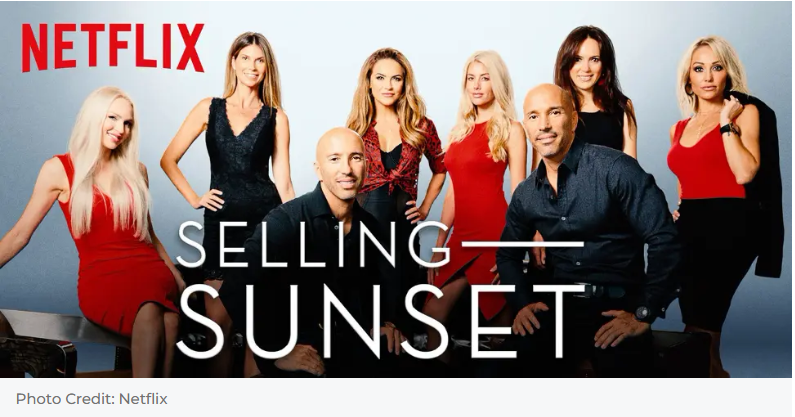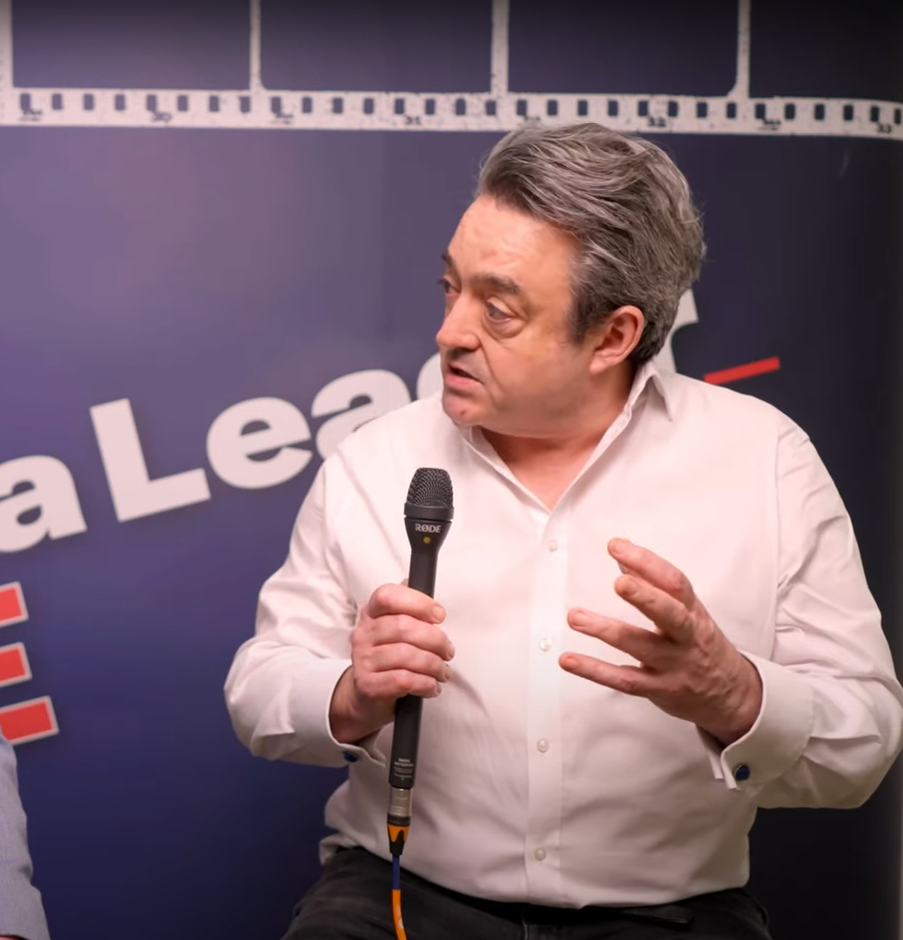Netflix and Sell: Does “Basic with Ads” transform TV advertising?
Netflix has long established itself as a giant of the streaming industry, captivating millions of viewers with its extensive library of high-quality content.
In the UK alone, the platform boasts around 17.1 million households subscribing (Q4 2024). This impressive audience is a testament to Netflix's success in delivering engaging and compelling shows like "Stranger Things," "Wednesday," "Squid Game" and one of my guilty pleasures, “Selling Sunset”. However, when it comes to its ad-supported model, there are significant caveats marketers should be aware of.

"Compelling" and "High quality" is a subjective phrase ok?
The "Basic with Ads" plan, introduced in November 2022, offers an affordable subscription option in exchange for ad viewing. Based on 2025 Barb data, Netflix reached 58.2% of all UK homes in Q4 2024. Despite Netflix's widespread popularity, only around 25% of UK subscribers have opted for the ad enabled package. This limited adoption rate means that the potential audience for targeted advertising on Netflix is relatively narrow.
Netflix is facing a challenge in attracting subscribers to its ad-supported tier, as a significant portion of its audience is accustomed to paying higher subscription fees specifically to avoid ads. This entrenched preference for an uninterrupted viewing experience has made it difficult for Netflix to entice users to switch to or adopt the ad-enabled package. In contrast, platforms like ITVX offer a different approach by providing an upgrade service to go ad-free, allowing users who prefer an ad-free experience to pay a premium for it. This model aligns more closely with user preferences and has proven to be effective in retaining subscribers who are willing to pay extra for an uninterrupted viewing experience. As a result, Netflix must navigate the delicate balance of offering attractive ad-supported options while addressing the existing expectations of its long-time subscribers. Despite this, the base size for their ad subscribed tier in the UK is slowly growing. Fundamentally this is being driven by ongoing economic uncertainty as it continues to drive consumers into reviewing and reducing financial outlays.
Recently, Netflix has integrated its ad inventory into Google's platform, allowing advertisers to access Netflix's ad space directly through DV360. This integration is a significant development for the advertising industry, particularly for Connected TV. It opens new opportunities for advertisers to reach Netflix's audience to enhance the reach and effectiveness of their campaigns. Despite this advancement, the size of the overall Netflix advertising audience means that delivering content to a targeted audience at scale is still a challenge and you may have to relax your targeting (and therefore effectiveness expectations) to reach critical mass.
Due to it’s increased scale, Sky AdSmart, for instance, allows advertisers to reach scale, even when creating highly tailored audiences based around specific geographies, demographics as well as 3rd party and retail data selections. The scale available, even when going down to local level targeting is a significant advantage for advertisers seeking to reach specific segments and makes other forms of addressable TV a very effective and affordable element of brands addressable media strategies.
In contrast, Netflix's AVOD offering lacks the scale to allow for this precise audience targeting capability. The need for broader reach on the platform means that advertisers must carefully consider how and when to use Netflix's platform. For brands looking to achieve mass reach and visibility with a wide audience, Netflix can be an effective choice. However, for those aiming for more targeted and specific audience segments, Netflix's AVOD offering may not currently be the best fit.
Whilst Netflix's place as a media channel with its AVOD offering is promising, it comes with significant limitations. The platform's high-quality content and recent integration with DV360 present opportunities for advertisers, but the relatively low adoption of the ad-supported plan and remains a hurdle we need to navigate. Marketers need to understand these limitations and strategically assess how Netflix's AVOD offering fits into their overall advertising strategy.
Author: Nathan Rose Client Development Director Be Addressable


Download 'The Retail Accelerator: Achieve business growth with addressable marketing'
Discover how addressable media can transform your retail strategy - download the white paper now.
Office
1st Floor
21 Berners Street
London, W1T 2PX
Be Addressable



